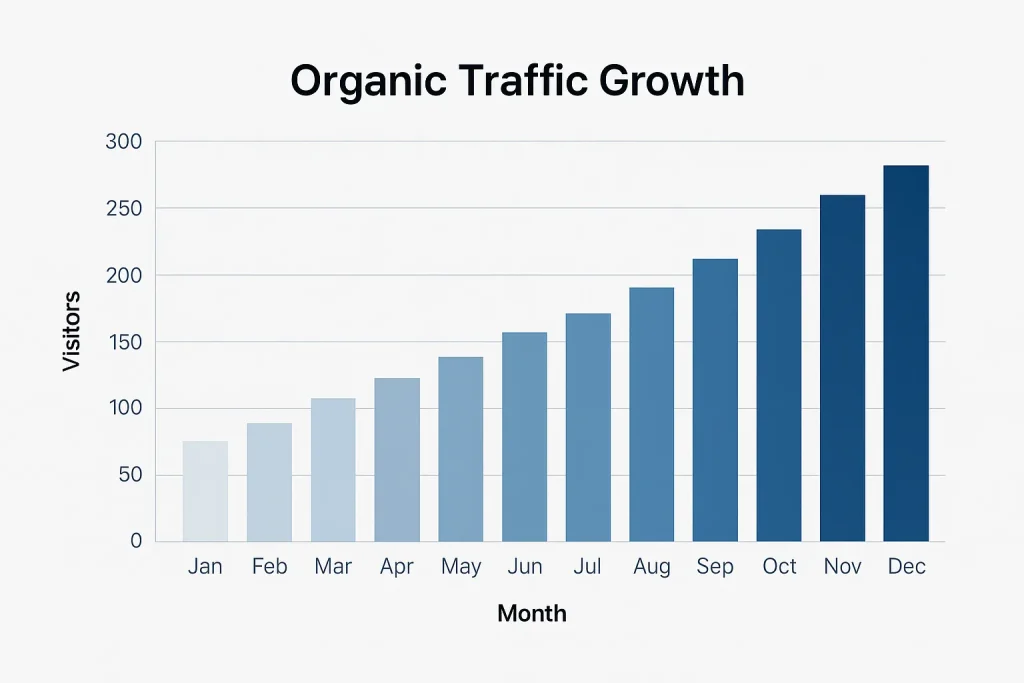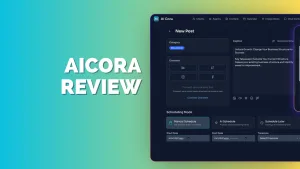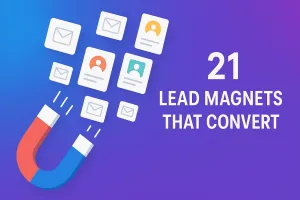Introduction: Ranking at Scale – Without an Army of Writers
Imagine ranking for thousands of specific search queries like:
- “Best running shoes for nurses with flat feet”
- “How to fix squeaky Peloton shoes”
- “Affordable vegan meal plans for students in Mumbai”
Now imagine doing it without hiring 50 writers or manually publishing every page.
That’s the power of programmatic SEO — where AI and automation help you publish thousands of hyper-targeted pages that attract long-tail organic traffic.
In this post, you’ll discover how brands are leveraging AI to scale content creation, the exact strategy behind it, and how you can get started — even with zero coding skills.
What is Programmatic SEO (and Why It Works Like Magic)
Programmatic SEO is a content strategy where you generate a large number of SEO-optimized pages, each targeting unique long-tail keywords, by using templates and structured data — often automated with AI.
Why It Works:
- Targets thousands of low-competition keywords
- Generates consistent traffic from highly motivated searchers
- Scales SEO without needing a massive content team
- Delivers value to niche audiences with specific intent
It’s like casting a digital fishing net across the internet—and catching searchers right when they need you most.
How Programmatic SEO Works: The 4-Part Formula
Here’s a simple breakdown of how successful programmatic SEO campaigns come to life:
Step 1: Find Long-Tail Keyword Opportunities
Start by identifying keyword patterns users are actively searching.
Example Pattern:
“Best [Product Type] for [Use Case] in [Location]”
Real Examples:
- Best headphones for Zoom calls in noisy apartments
- Top gluten-free bakeries in Bangalore
- Best running shoes for wide feet over 50
Tools to use:
- Google Autocomplete
- AnswerThePublic
- Ahrefs → Matching Terms + Parent Topics
- LowFruits or KeywordChef for long-tail clusters

Step 2: Build a Scalable Template
Instead of writing one article at a time, create a template that can scale.
Example Template for Product Roundups:
- H1: Best [Product Type] for [Use Case] in [Location]
- Intro: Brief summary of what the page covers
- H2: Top Picks
- List format: Product Name + Summary + Link
- H3: Why These [Product Type]s Work for [Use Case]
- FAQs: Include structured FAQs with Schema markup
Use placeholders like [Product Type], [Use Case], [Location], and let automation do the rest.
Step 3: Use AI to Fill the Content Gaps
Here’s where AI like ChatGPT or Claude comes in. Instead of manually writing 1,000+ variations, you feed the AI your template + structured data, and let it generate the content.
How to automate:
- Use a spreadsheet with columns for Product, Use Case, Location, etc.
- Plug that data into AI tools via Zapier, Make.com, or APIs
- Generate content at scale and publish using CMS or headless tools
Pro Tip: Keep tone consistent and double-check for hallucinations or inaccurate facts.
Step 4: Publish Pages Strategically
Don’t launch 10,000 pages in a day. Google will see it as spammy.
Best Practices:
- Start with a few hundred pages
- Optimize internal linking
- Submit to Google Search Console
- Monitor traffic and rankings
- Refresh content regularly using AI
Case Study: How CourseCareers Grew Organic Traffic by 300% in 6 Months
Strategy Used:
- Identified 500+ course-related keywords (e.g., “how to become a digital marketer in Dallas”)
- Built a page template using dynamic data
- Automated content creation with AI
- Indexed 500 pages across 10 niches
Results:
- 300% traffic growth in 6 months
- 45% lower CAC compared to paid ads
- High conversion from long-tail traffic

Top Tools for Programmatic SEO (Even If You’re Non-Technical)
| Tool | Use Case |
|---|---|
| SheetGPT / Make.com | Automate AI content generation from Google Sheets |
| Webflow CMS / WordPress | Publish templated pages easily |
| Frase.io | Optimize on-page SEO with AI |
| KeywordChef / LowFruits | Find long-tail, low-competition keywords |
| Outranking / NeuronWriter | Build optimized AI content briefs |
Common Pitfalls to Avoid
- Publishing junk content
Ensure each page still adds value and answers real search intent. - Ignoring content structure
Use consistent headers, FAQs, and schema markup for better indexing. - Creating keyword-stuffed gibberish
AI is powerful—but still needs human input for quality control. - Not measuring performance
Track which keyword groups bring traffic—and double down on them. - Publishing all at once
Roll out gradually to avoid search engine penalties.
Conclusion: Scale Content, Reach, and Revenue with Programmatic SEO
Programmatic SEO flips traditional blogging on its head. Instead of writing one article at a time, you use AI + automation to launch hundreds (or thousands) of useful pages that meet real search demand.
The result? Faster traffic. Lower content costs. Higher ROI.
Start small. Pick a niche. Find a pattern. Build a template. Then scale.







